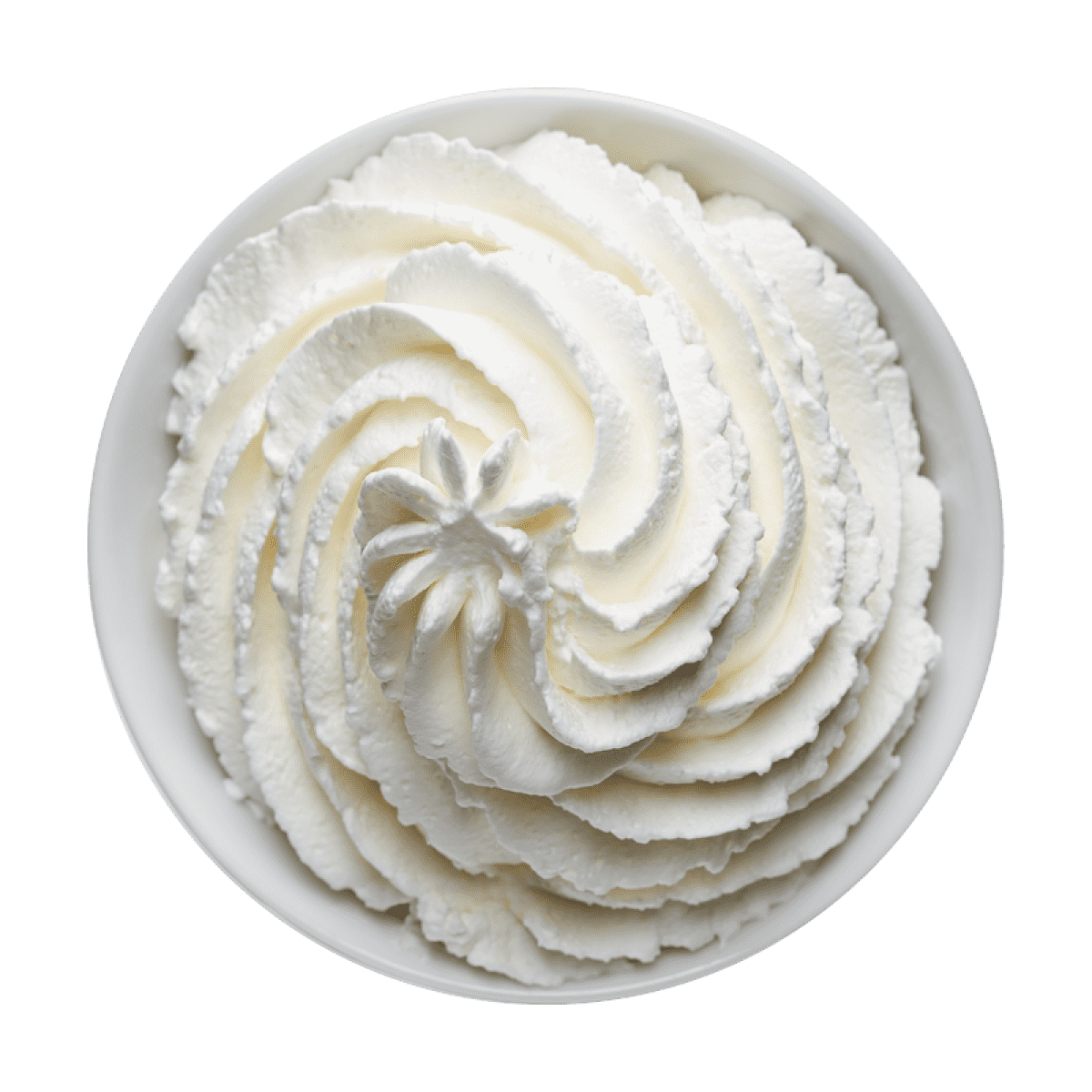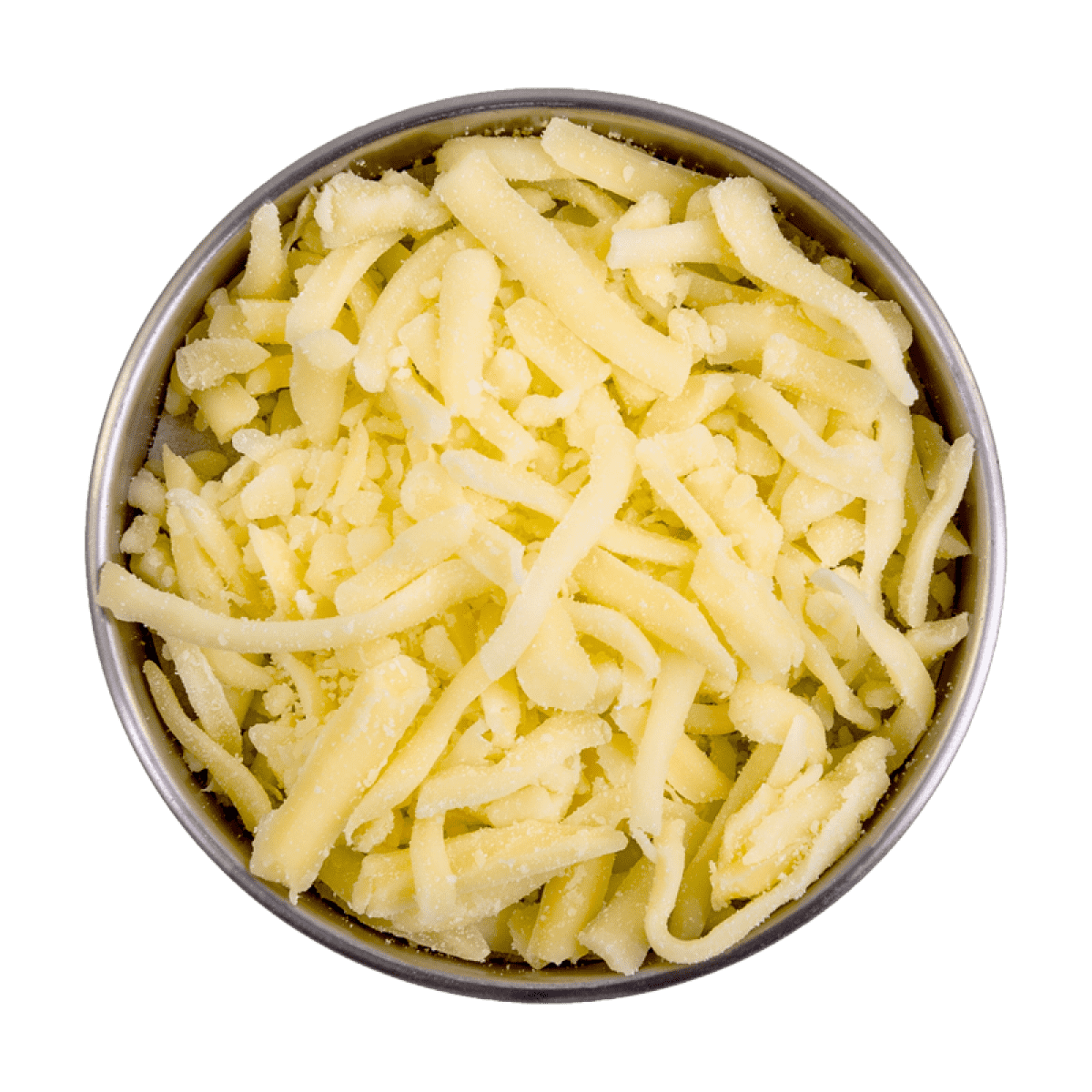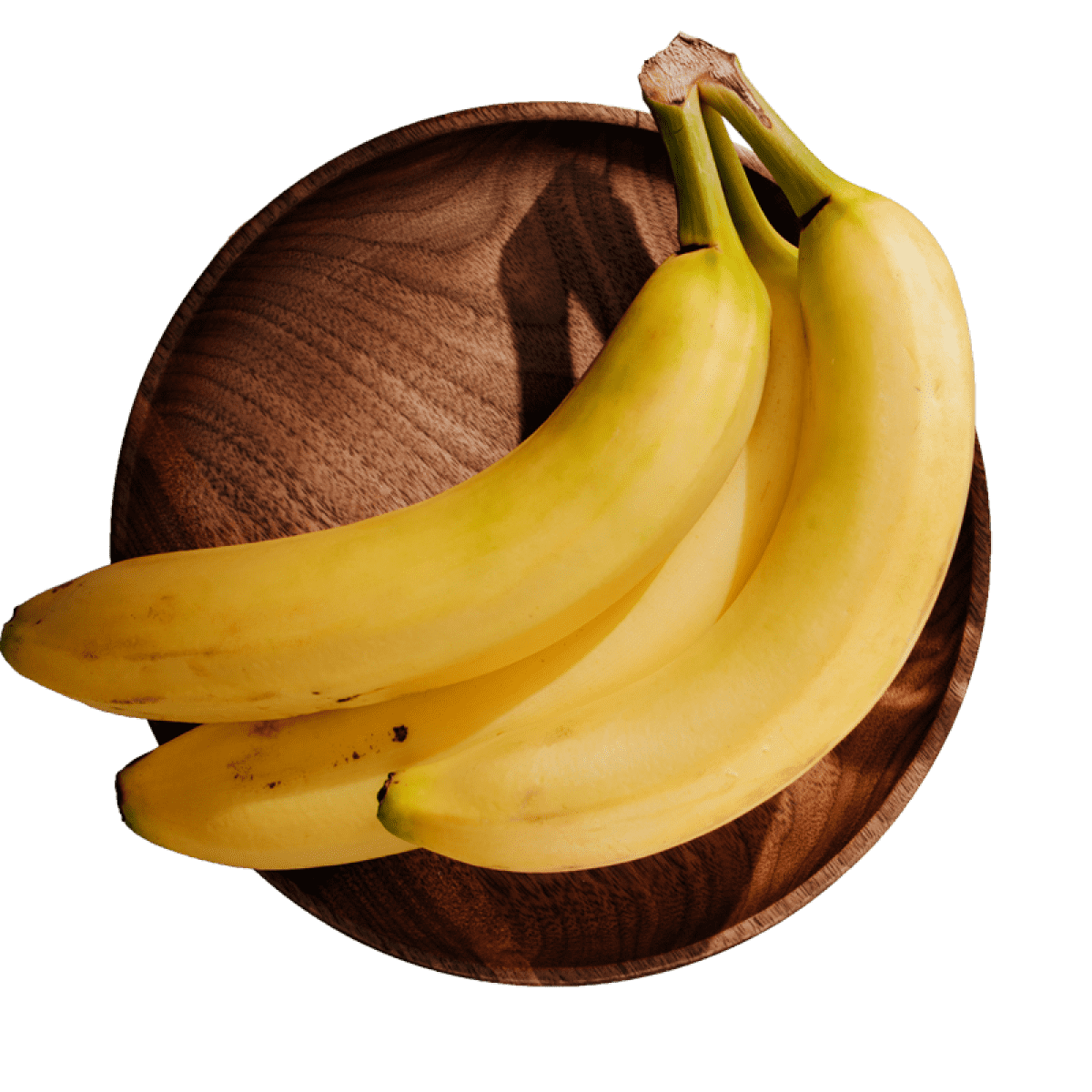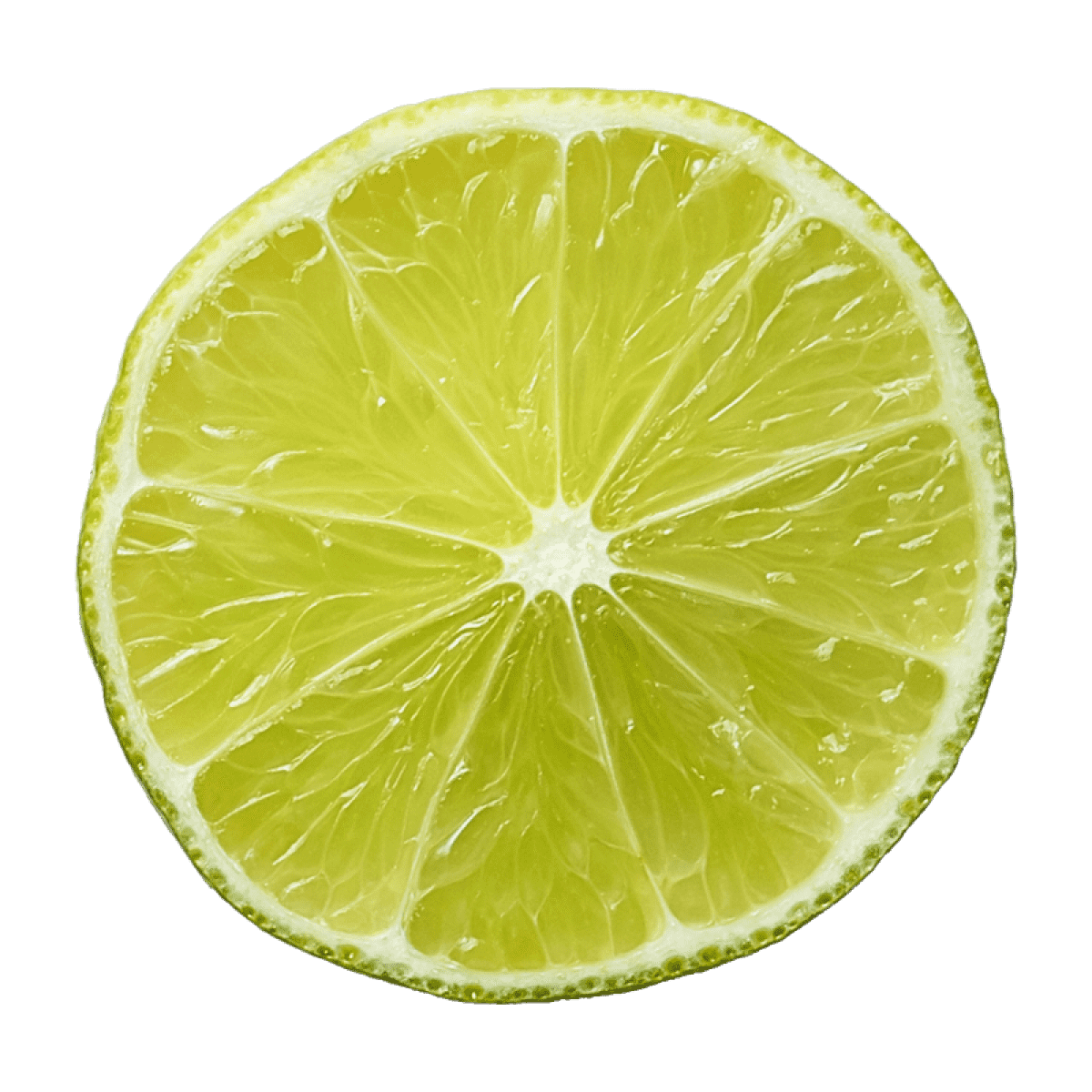Mousseux (Brésil)
À savoir
Brazilian wineries sell about 20.6 million bottles of sparkling wine every year.
France's famed Champagne house Moët & Chandon has been producing sparkling wine in Brazil since 1973.
The first grapevines were brought to Brazil from Portugal in 1532.
Approximately 85 percent of Brazil's wines are produced in Serra Gaúcha.
Quel est le goût de ce style ?
Selon 104 158 articles sur 2 357 vins
Tranquille
Mousseux
Léger
Puissant
Doux
Acide



- pêche
- pomme verte
- poire
- pomme
- abricot
- melon
- nectarine
- pomme jaune
- coing
- fruit à noyau
- pêche blanche
- melon cantaloup
0 mentions de notes fruit d'arbre fruitier



- crème
- levure
- pain grillé
- fromage
- levure de boulanger
- huile
- banane
- pain frais
- levain
- parmesan
- yaourt
- moite
0 mentions de notes levure



- agrume
- citron
- citron vert
- orange
- pamplemousse
- mandarine
- zeste d'orange
- zeste de citron
- zeste d'orange
- zeste de citron
- zeste d'agrume
- orange sanguine
0 mentions de notes agrume
Familiarisez-vous avec ce style
Sparkling wines from Brazil take on many different styles and flavors depending on what grapes are used and how it's made. Some are produced from Chardonnay and Pinot Noir grapes, using the traditional method, just as Champagne is made in France. Others have employed the use of Glera grapes, making them in the tank method (or charmat method) like the lightly bubbly Prosecco wines from Italy. And a third variety is Moscato, produced in the popular fizzy style with high acidity and moderate sweetness.
Expect flavors of green apple, ripe pear, even lemon and lime citrus, as well as riper peach and tropical fruit, right along with an array of white floral notes. Those produced in the traditional method will show off flavors of toasted brioche, imparted by the yeast used to make the wine.
Sparkling wines from Brazil may be greener, more herbaceous, and have more intense and bolder flavors than other bubbly counterparts made around the world.
In Brazil, the Serra Gaúcha region near the border of Argentina and Uruguay is where most of the country's sparkling wine is produced.